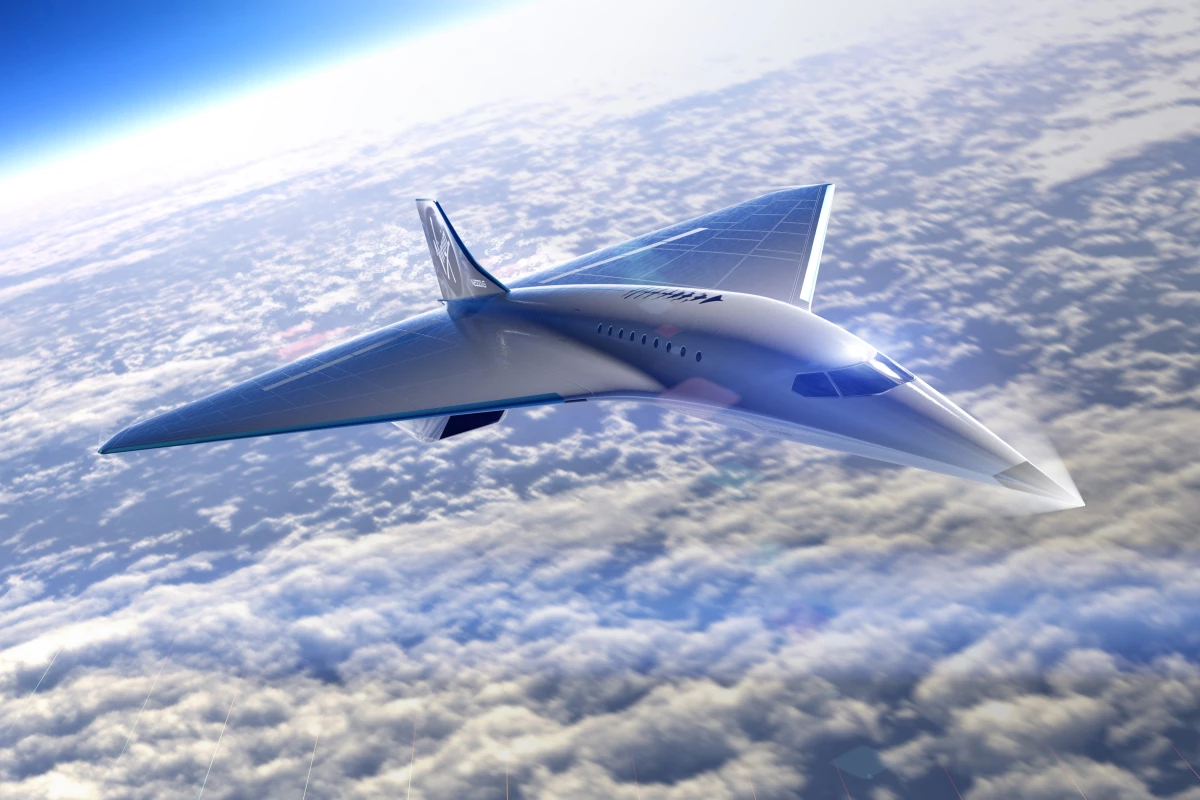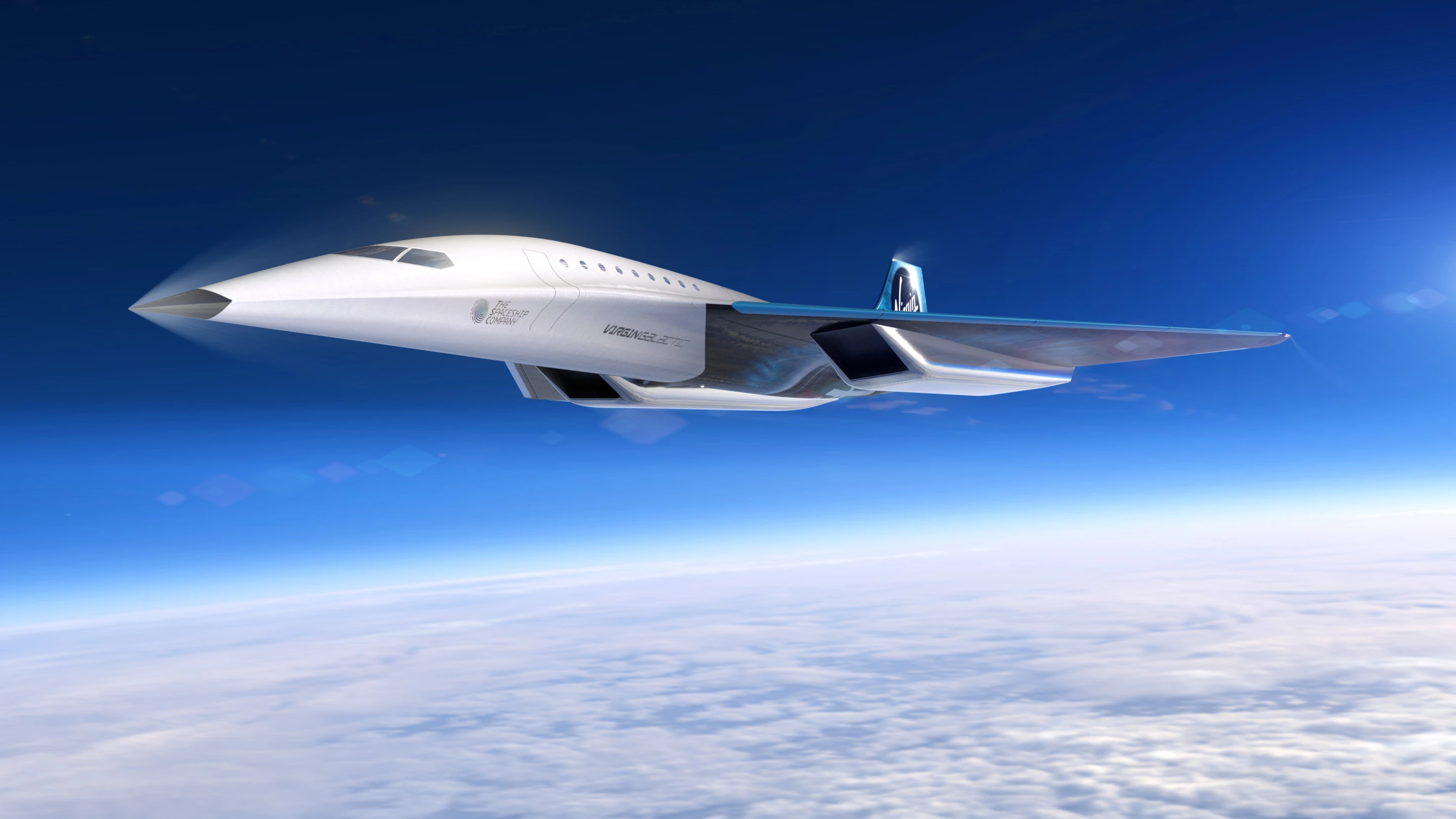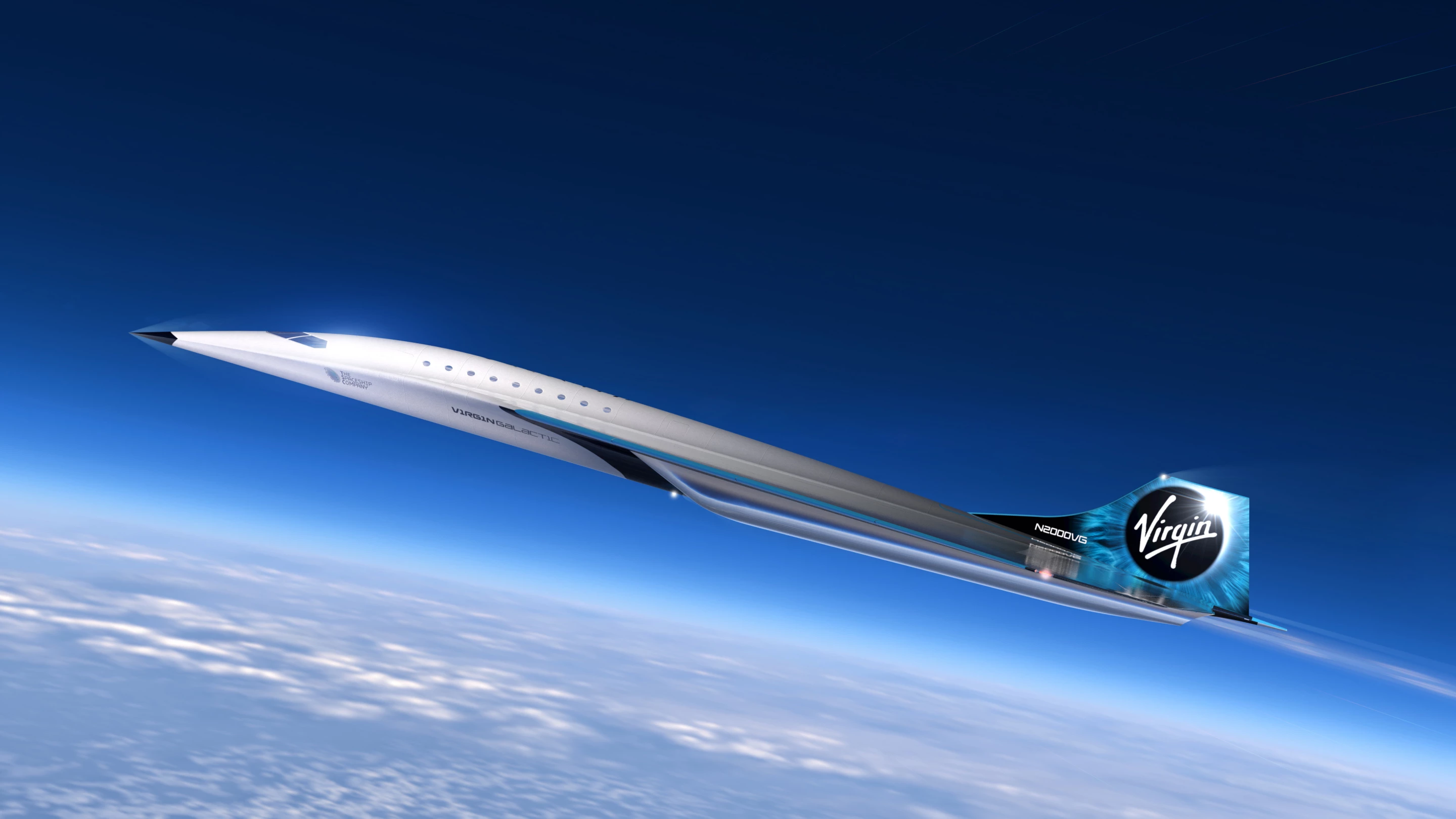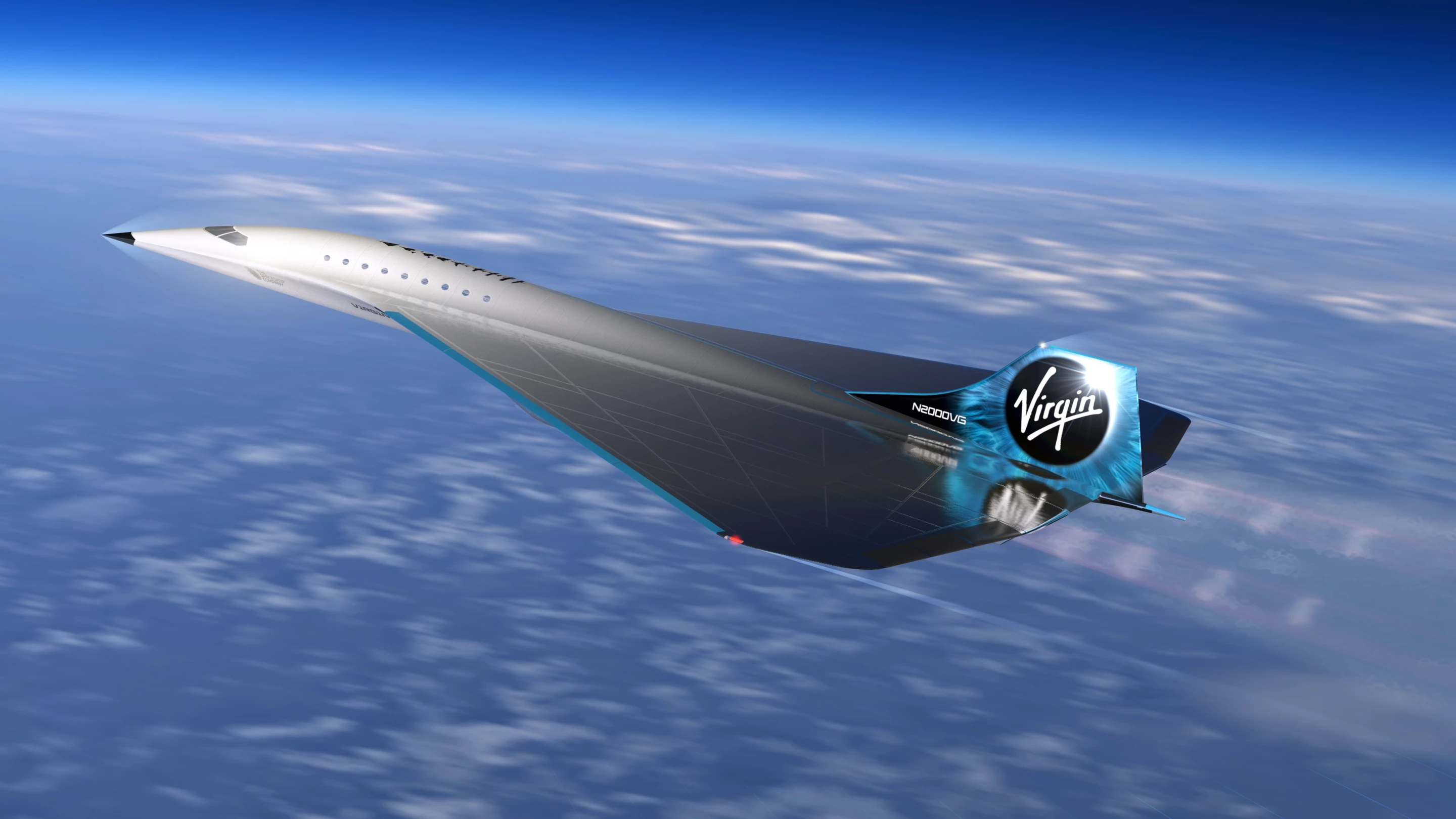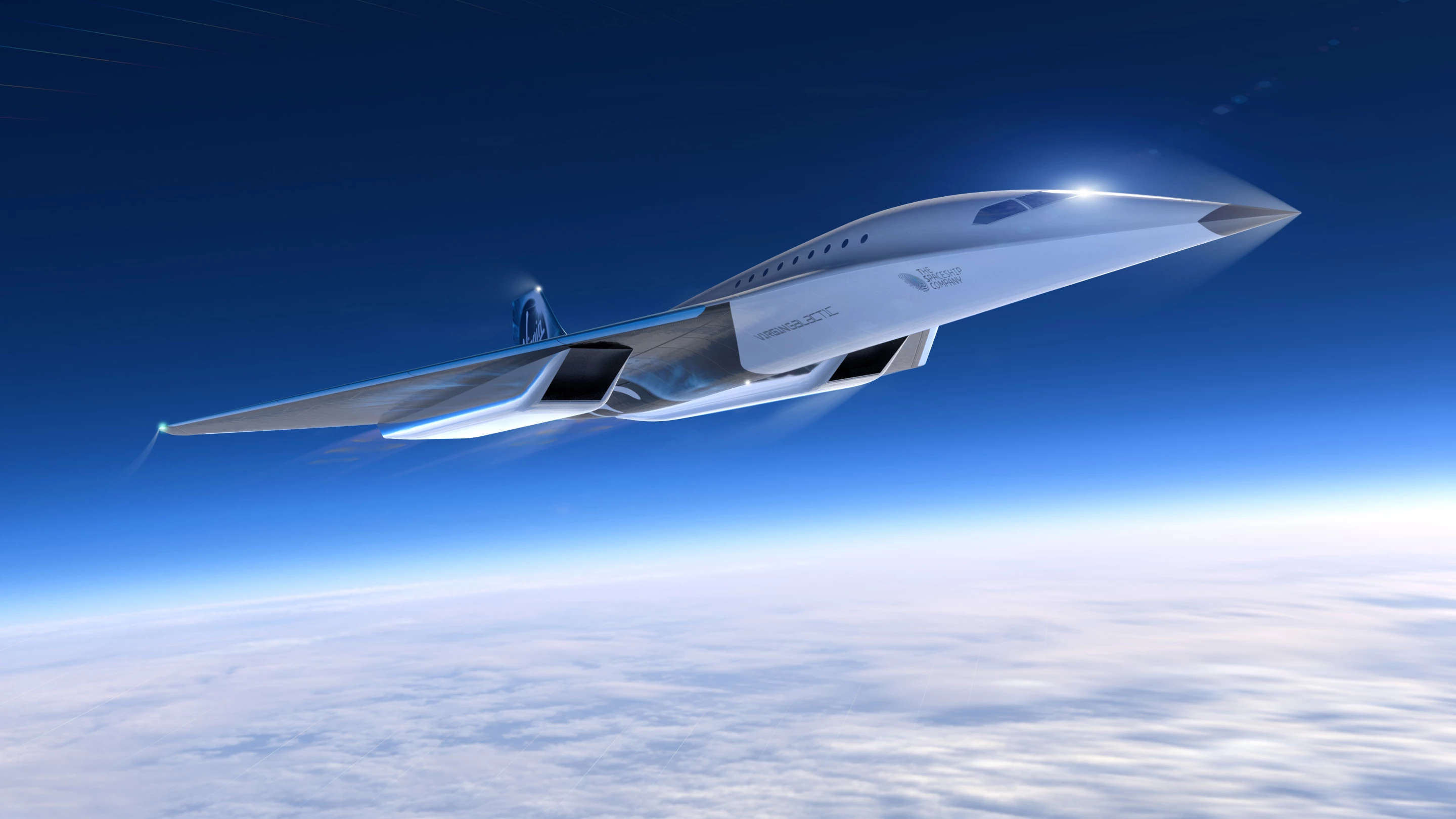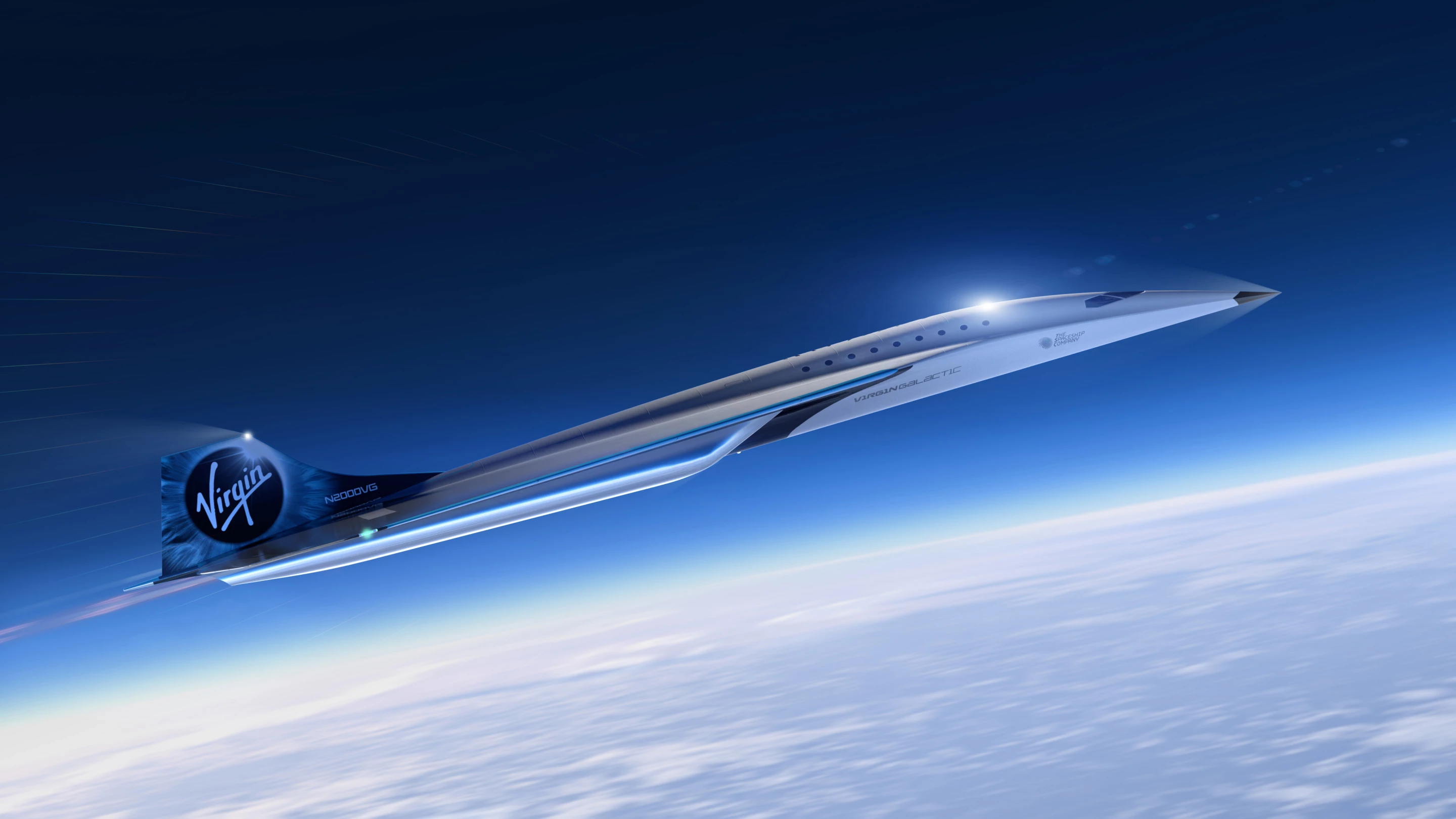Virgin Galactic has taken the wraps off a concept for a new commercial jet capable of flying at three times the speed of sound. The delta-wing aircraft has already passed its Mission Concept Review (MCR) and the company has signed a non-binding Memorandum of Understanding (MOU) with Rolls-Royce to design and develop the engine to power it.
Since the Anglo-French Concorde was retired in 2003, supersonic commercial flight went into a hiatus that has lasted 17 years and counting. Today, there are any number of private and government initiatives aimed at developing the next generation of supersonic passenger and transport aircraft. Now Virgin Galactic can be added to the list.
Because the Mach 3 (2,225 mph, 3,581 km/h) concept is in the very early stages, there aren't a lot of details about it. However, the MCR that Virgin Galactic conducted with the Federal Aviation Administration’s (FAA) Center for Emerging Concepts and Innovation and NASA has established the scope of the proposed aircraft's design as well as outlining the framework for its certification.

Essentially, the Mach 3 aircraft would carry nine to 19 passengers, operate at altitudes of above 60,000 ft (18,000 m), and would have a configurable interior, so it can be tailored to the customer's needs, like having various Business and First Class seating arrangements. In addition, it would burn state-of-the-art sustainable aviation fuel and use sustainable technologies and techniques that could find their way throughout the aviation industry.
According to Virgin Galactic, the completion of the MCR means that the concept can now go to the next design phase, which will involve defining specific system architectures and configurations, as well as selecting materials for the aircraft construction and dealing with problems related to thermal management, maintenance, noise, emissions, and the economics of operating supersonic aircraft.
In addition to being able to fly long-range passenger routes and provide other services, the new concept would land and take off like conventional subsonic aircraft and be able to operate with today's airports and international airspaces.
"We are excited to complete the Mission Concept Review and unveil this initial design concept of a high-speed aircraft, which we envision as blending safe and reliable commercial travel with an unrivaled customer experience," says George Whitesides, Chief Space Officer, Virgin Galactic. "We are pleased to collaborate with the innovative team at Rolls-Royce as we strive to develop sustainable, cutting-edge propulsion systems for the aircraft, and we are pleased to be working with the FAA to ensure our designs can make a practical impact from the start. We have made great progress so far, and we look forward to opening up a new frontier in high-speed travel."
Source: Virgin Galactic
